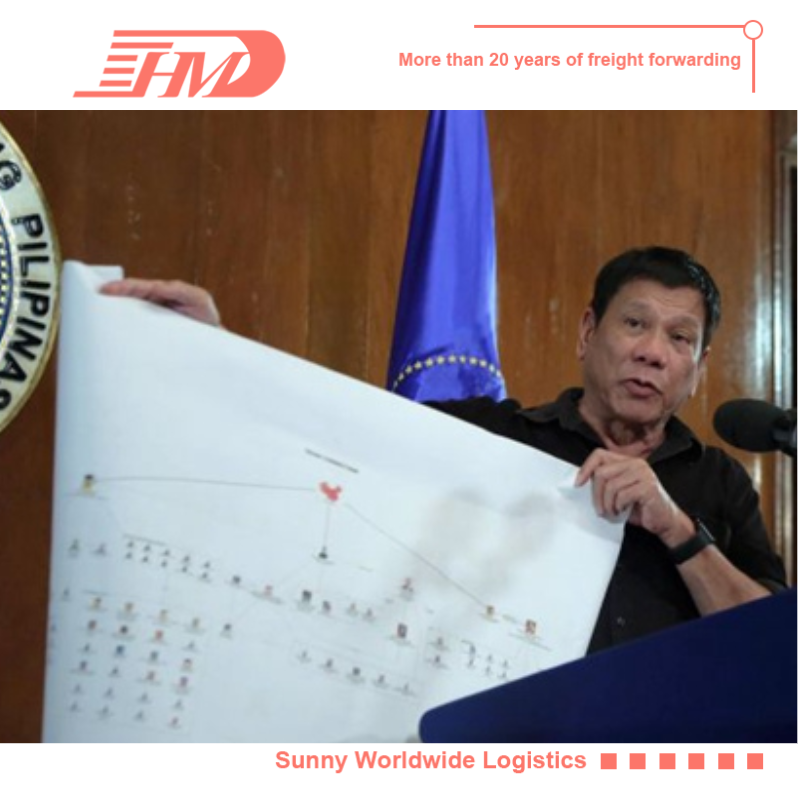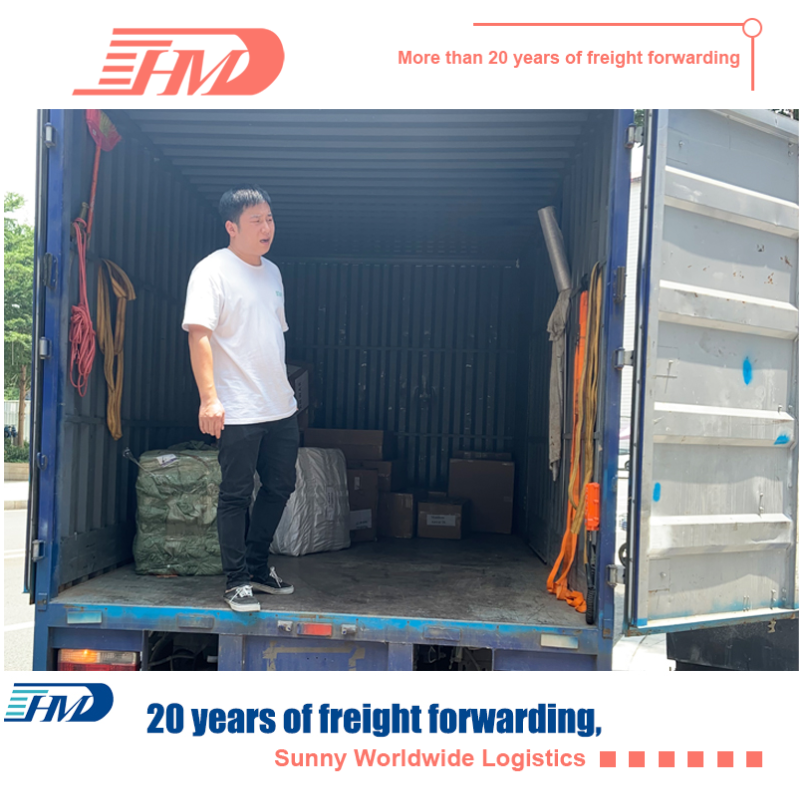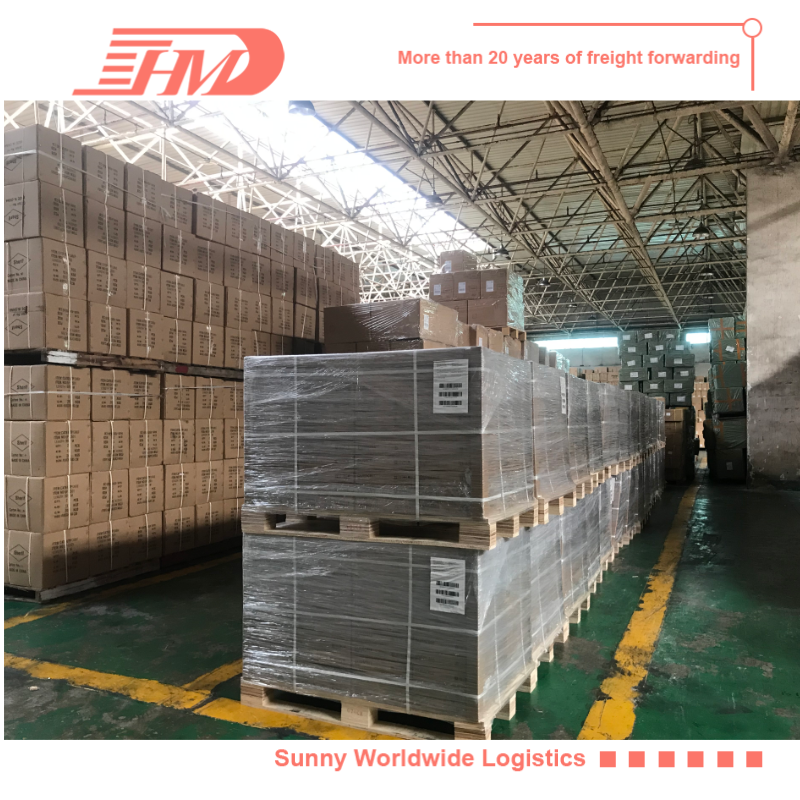Pay attention to the recent shipment! Ports in the United States, Japan, Australia, the Philippines
- Author:Josie
- Source:Souair
- Release Date:2020-09-10
Recently, the freight rates of most routes have continued to soar, and the space is difficult to find, and there is a shortage of containers. With the approach of China's Golden Week and Christmas shipping season, the demand for shipping in September has increased significantly.
However, due to the impact of the epidemic, the domestic export volume is much higher than the import volume, resulting in more containers being fully loaded and fewer empty containers coming back. The shortage of containers that only occurred during the Chinese New Year in previous years has arrived earlier this year.
In addition, ports in the United States, Japan, Australia, Nigeria, Los Angeles, Manila, Lagos, Algeria and other countries are all subject to a certain degree of congestion! You have to pay attention to shipments!
01Large container ships aggravate the congestion of Japanese ports, and the terminals are struggling to cope
According to shipping sources, the large container ships deployed on East Asian routes have exacerbated the congestion in Japanese ports because the existing terminals cannot handle larger vessels.
This problem caused the carrier to change the docking of the ship. In order to avoid the crowding of ships, delays and congestion, some container ships were forced to plan to leave in advance.
Among the existing berths in Tokyo, only one Y2 berth with a length of 400 meters (1312 feet) can handle ships exceeding 14,000 TEU. In April this year, a consortium including Mitsui-Soko and freight company Nippon Express opened the Y2 terminal.
However, the average berth length of Oi Container Terminal is 336m, and the average berth length of Aomi Container Terminal is 314m. This means that it can handle vessels of up to 8000 TEU, which also means the deployment of ultra-large container ships on Asia-Europe and trans-Pacific routes. Two berths are often occupied.
Pay attention to the recent shipment! Ports in the United States, Japan, Australia, the Philippines and other countries are facing congestion and delayed shipping schedules!
"The problem we are seeing is that the number of ships with a total length of 350 m or more docking in Japanese ports is increasing. The narrow storage space at the Tokyo terminal and the shortage of truck drivers are the main causes of congestion." Hapag-Lloyd) Japan Managing Director Nils Meier said.
"In Tokyo, most of the berths are 300-350 m long. When very large container ships dock at the same time, a lot of re-arrangements are often required."
This problem has exacerbated the shortage of container yards at the Tokyo terminal.
Meier said: “Tokyo’s new Y2 terminal has a berth length of 400 m, which helps to alleviate this situation and also provides additional storage space. Hapag-Lloyd is less affected because we only have a few ships. Calling in Japan, and most of the ships are provided by our partners."
However, Ocean Network ONE frequently changes the ship rotation of Tokyo, Yokohama and Shimizu to avoid delays caused by the gathering of ships. In addition, ONE is also moving the departure time of ships calling Tokyo and Nagoya by at least one day.
ONE's data shows that this will affect ships operating the Far East Pacific, Japan Strait and Malaysia routes. The ships affected in the next few days include 8,212-TEU ONE Hamburg and 8,084-TEU Conti Conquest, which serve the Far East Pacific Route 1, and NYK Diana and Bear Mountain Bridge on the Japan Strait-Malaysia route.
02Empty containers increase yard congestion, and the already tight Australian supply chain is hit
It is reported that the empty container storage area in Sydney is full, which further hinders Australia's already tight supply chain.
Since July, bad weather, sailing schedule changes and port strikes have all exacerbated congestion in Australian ports.

Last month, local freight forwarding company Sila Global stated that Sydney’s storage yard is “full and on the verge of collapse” and said in an email to customers that the situation is getting worse and that most ports are piled The field will be forced to close.
The freight forwarder said: "In this case, we will not be able to withdraw the container until the congestion is eliminated, which will bring additional costs to the importer."
"Ship scheduling is still a big issue, and the vehicle reservation system and performance issues, the recently upgraded Patrick Terminals strike action, and the issue of canceling stacking to the terminal make the situation even more complicated."
"It is unclear how long the shutdown may last or when this congestion will ease."
Pay attention to the recent shipment! Ports in the United States, Japan, Australia, the Philippines and other countries are facing congestion and delayed shipping schedules!
A similar problem exists in Melbourne, which is under lockdown, and the container terminals there are becoming more and more crowded.

However, due to the impact of the epidemic, the domestic export volume is much higher than the import volume, resulting in more containers being fully loaded and fewer empty containers coming back. The shortage of containers that only occurred during the Chinese New Year in previous years has arrived earlier this year.
In addition, ports in the United States, Japan, Australia, Nigeria, Los Angeles, Manila, Lagos, Algeria and other countries are all subject to a certain degree of congestion! You have to pay attention to shipments!
01Large container ships aggravate the congestion of Japanese ports, and the terminals are struggling to cope
According to shipping sources, the large container ships deployed on East Asian routes have exacerbated the congestion in Japanese ports because the existing terminals cannot handle larger vessels.

This problem caused the carrier to change the docking of the ship. In order to avoid the crowding of ships, delays and congestion, some container ships were forced to plan to leave in advance.
Among the existing berths in Tokyo, only one Y2 berth with a length of 400 meters (1312 feet) can handle ships exceeding 14,000 TEU. In April this year, a consortium including Mitsui-Soko and freight company Nippon Express opened the Y2 terminal.
However, the average berth length of Oi Container Terminal is 336m, and the average berth length of Aomi Container Terminal is 314m. This means that it can handle vessels of up to 8000 TEU, which also means the deployment of ultra-large container ships on Asia-Europe and trans-Pacific routes. Two berths are often occupied.
Pay attention to the recent shipment! Ports in the United States, Japan, Australia, the Philippines and other countries are facing congestion and delayed shipping schedules!
"The problem we are seeing is that the number of ships with a total length of 350 m or more docking in Japanese ports is increasing. The narrow storage space at the Tokyo terminal and the shortage of truck drivers are the main causes of congestion." Hapag-Lloyd) Japan Managing Director Nils Meier said.
"In Tokyo, most of the berths are 300-350 m long. When very large container ships dock at the same time, a lot of re-arrangements are often required."
This problem has exacerbated the shortage of container yards at the Tokyo terminal.
Meier said: “Tokyo’s new Y2 terminal has a berth length of 400 m, which helps to alleviate this situation and also provides additional storage space. Hapag-Lloyd is less affected because we only have a few ships. Calling in Japan, and most of the ships are provided by our partners."
However, Ocean Network ONE frequently changes the ship rotation of Tokyo, Yokohama and Shimizu to avoid delays caused by the gathering of ships. In addition, ONE is also moving the departure time of ships calling Tokyo and Nagoya by at least one day.
ONE's data shows that this will affect ships operating the Far East Pacific, Japan Strait and Malaysia routes. The ships affected in the next few days include 8,212-TEU ONE Hamburg and 8,084-TEU Conti Conquest, which serve the Far East Pacific Route 1, and NYK Diana and Bear Mountain Bridge on the Japan Strait-Malaysia route.
02Empty containers increase yard congestion, and the already tight Australian supply chain is hit
It is reported that the empty container storage area in Sydney is full, which further hinders Australia's already tight supply chain.
Since July, bad weather, sailing schedule changes and port strikes have all exacerbated congestion in Australian ports.

Last month, local freight forwarding company Sila Global stated that Sydney’s storage yard is “full and on the verge of collapse” and said in an email to customers that the situation is getting worse and that most ports are piled The field will be forced to close.
The freight forwarder said: "In this case, we will not be able to withdraw the container until the congestion is eliminated, which will bring additional costs to the importer."
"Ship scheduling is still a big issue, and the vehicle reservation system and performance issues, the recently upgraded Patrick Terminals strike action, and the issue of canceling stacking to the terminal make the situation even more complicated."
"It is unclear how long the shutdown may last or when this congestion will ease."
Pay attention to the recent shipment! Ports in the United States, Japan, Australia, the Philippines and other countries are facing congestion and delayed shipping schedules!
A similar problem exists in Melbourne, which is under lockdown, and the container terminals there are becoming more and more crowded.

